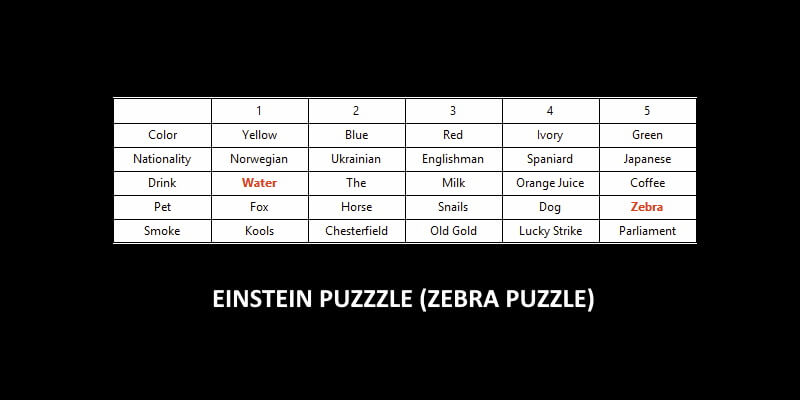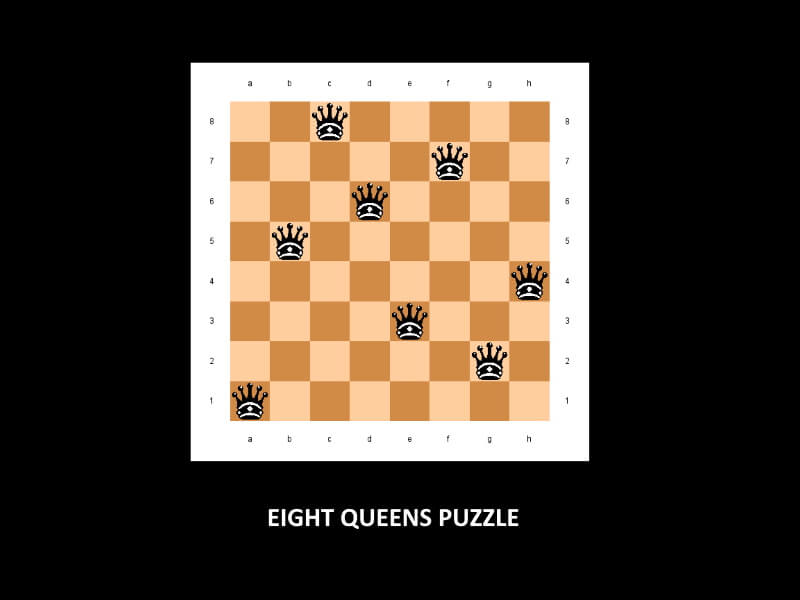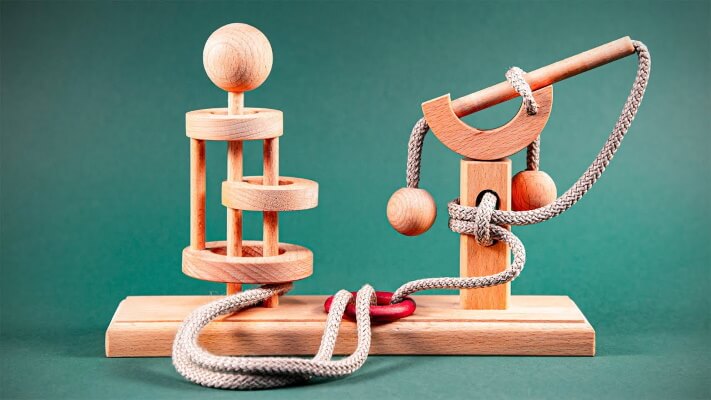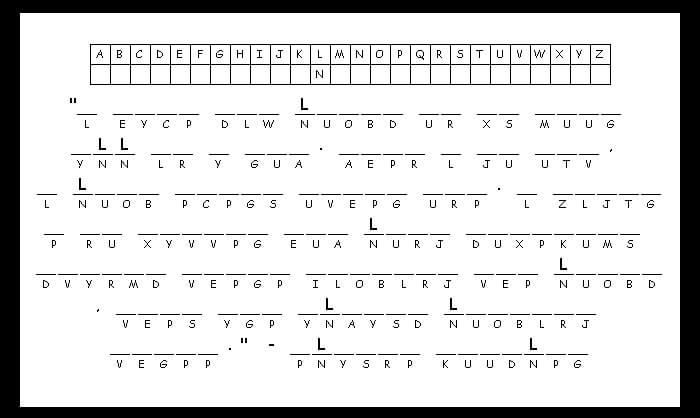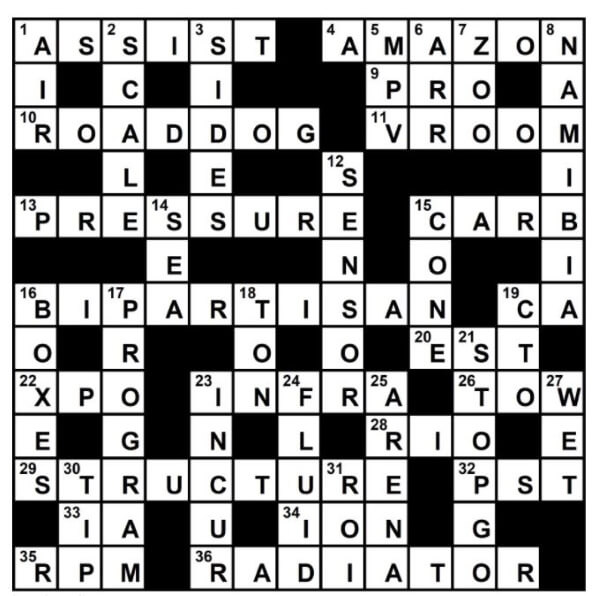This is probably one of the most famous riddle in the so-called river-crossing category.
What is the Wolf, Goat and Cabbage Puzzle
When you listen to the riddle it sounds a bit childish. Basically, it’s a little story about a farmer who went to the market and bought a wolf, a goat and one cabbage. Don’t bother asking why on Earth would someone buy a wolf, maybe he just liked wolves, OK? Now, the man gets to a river and hires a boat to cross it. The problem is he can only take one thing or animal with him, which puts him in a terrible dilema. If he first takes the cabbage across, he will have to leave the goat and the wolf behind and you can guess what happens next.
How to Solve the Wolf, Goat and Cabbage Puzzle
Maybe if he hadn’t bought the wolf, the poor guy wouldn’t be in such a pickle, but that’s a different story. The farmer needs to play it safe which means taking the goat across, leaving the wolf to stare at the cabbage. When he gets back for the second crossing he can choose either the cabbage or the wolf. In both cases he is faced with the same problem. If he takes the cabbage across the goat will surely eat it and if he takes the wolf it will probably feast on the goat as soon as the farmer leaves for the third crossing. The trick is to take the goat back. It seems like a lot of trouble but it’s the only way to keep all the purchases safe.
Let’s say the second trip he leaves the cabbage on the other side and takes the goat back. Then he can move the wolf to the other side, leaving the goat to wait for its turn.
History of the Wolf Goat and Cabbage Problem
The first documented reference to this puzzle can be traced to the 9th centuries and variants involving different animals can be found in the folklore of many people, especially in Europe and Africa.
This type of river crosing puzzle has appeared in many video games and even TV shows, including ‘The Simpsons’.
Variants of the Wolf, Goat and Cabbage Puzzle
One of the most funny version is the one with the Cannibals and the Missionaries. You have to figure out how to cross 3 cannibals and 3 missionaries. The rule is that if the missionaries are outnumbered by cannibals they will be eaten.
Another version refers to three married couples and the problem is you cannot leave one woman with another man if her husband is not present.

